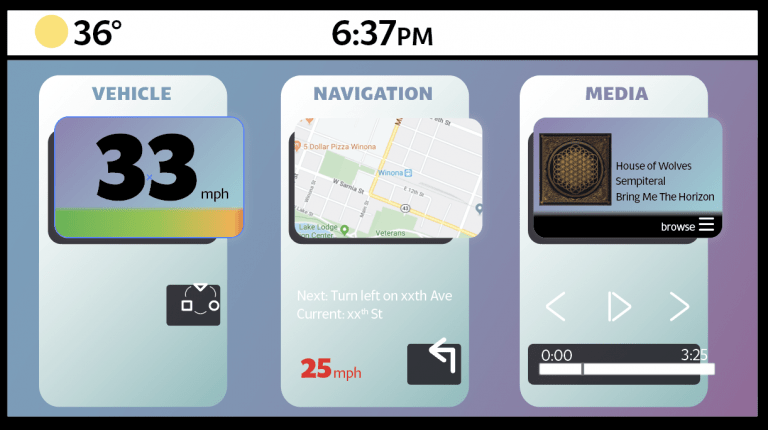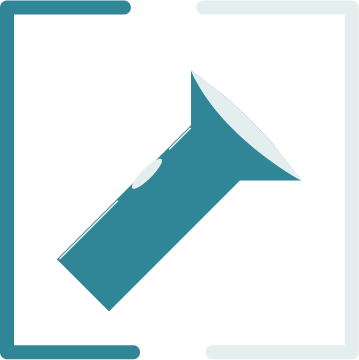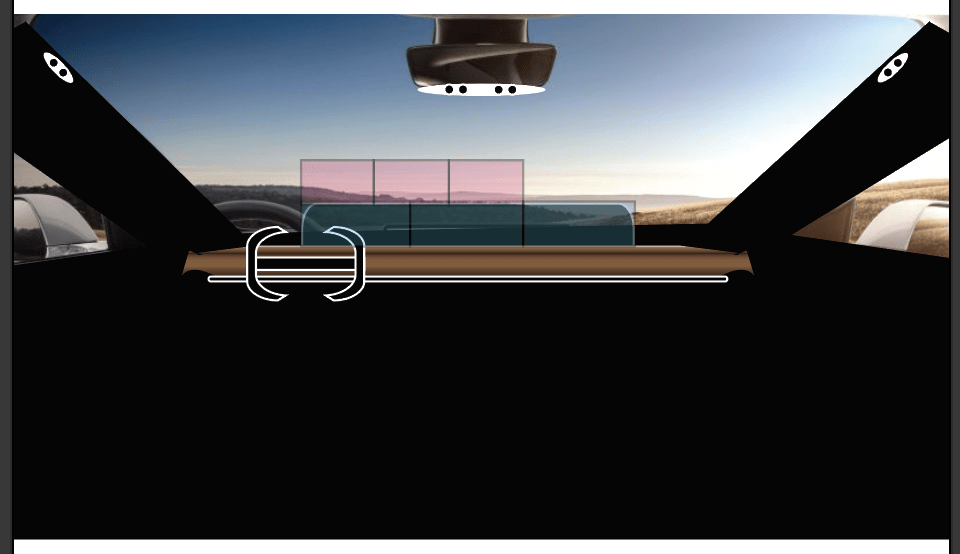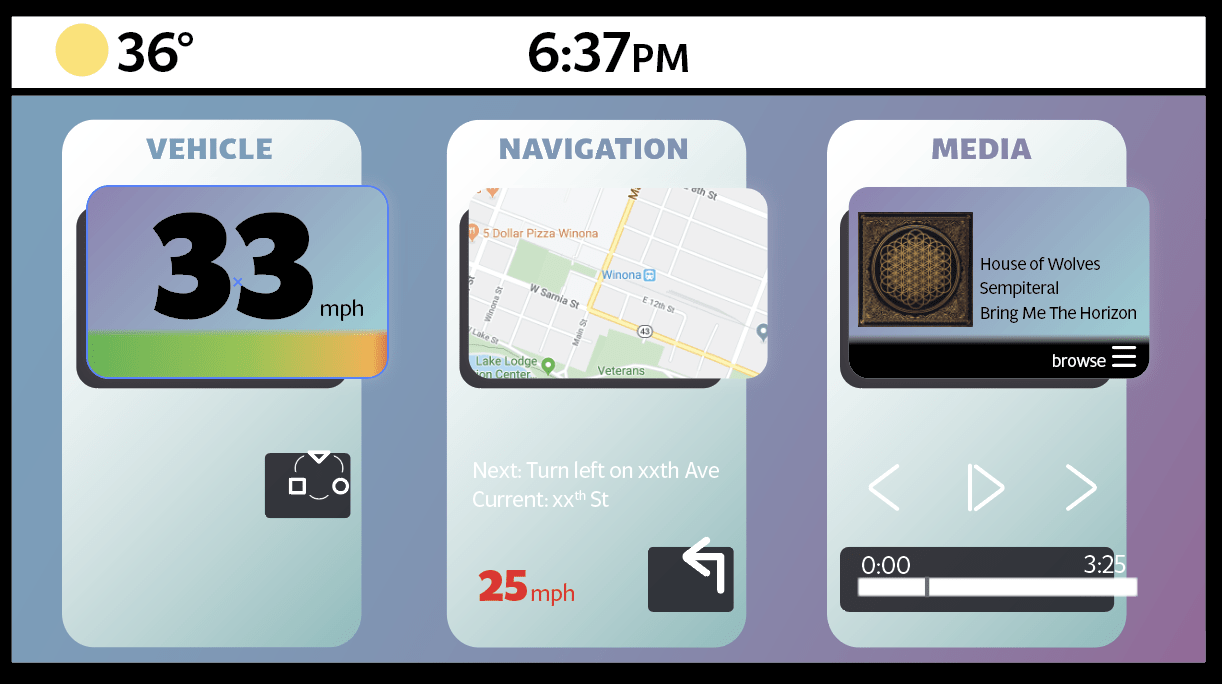Trust the Process
Back in the fall of 2019, I had a passion project. I love cars, and I’m a beginner designer, so why not figure out how to combine my passions for a project?
Spoiler alert: I didn't trust the process.
Let's build some context.
There’s a process I try to follow when going through a project to avoid failure. Prepare, play, prototype, and produce. When done properly, these things balance each other out and you’re able to create a successful final product.If you “fail” during the play or prototype stage, that’s just learning. You take a step back and you try something new. If the final product fails…that’s true failure. One of the best ways to avoid failing? Be properly prepared.
Step 2: Play with interesting and unique ideas, no matter how safe or abstract.
Step 3: Prototype the more "realistic" ideas while still keeping unique elements.
Step 4: Produce the final concept.
Design is a matter of problem solving.
The Prepare stage should be where the most time is spent. Define the problem, research the problem, research solutions. The first key step is in defining the problem, and this is where my fault was. Without a properly defined problem, I was just throwing dry pasta at the wall pretending I had a chance it would stick.
What was the problem I was trying to solve? Throughout the project, I kept believing I was narrowing it down, but realistically I was just saying “I’m doing drawing a car” or “I’m making a website” with different words. That’s not defining a problem. That’s stating a solution.
I wanted to "design a dashboard," whatever that means.
My process was scattered at best. The brainstorming stage started out really well with a solid concept web tying my interests together. I love cars, I love working with UI, I love working with my hands. I knew I had something.
From the web, I went straight into thinking about the solution, ignoring the actual problem I was wanting to solve. I made decisions on the fly. I started out wanting to illustrate the layout in Photoshop. To no one’s surprise, I didn’t know NEARLY enough to do a Photoshop illustration for this project, so I jumped ship. Went back to the concept web, and went more physical. Maybe I would actually build a mock dashboard.
Nope, no readily available supplies and no good work space. I decided to do it in Illustrator, and layout different elements and focus on the UI/UX of the physical elements. That just wasn’t having the impact I wanted. I switched over to infotainment screen design…that was closer.

Turns out I wanted to do UI after all.
I was still too broad, I was trying to focus on the entire dashboard. Unfortunately, the idea of planning the ENTIRE service provided by all of the different displays in a unique and functional way was too much for the time that I had left. I narrowed things down one more time to just a single display and how it would function inside the dash, but by then it was too late.
Looking back, the problem I truly wanted to solve was user related. In the future, I would define the problem as “Current dashboards serve as tools for the driver to use. In the near future, vehicles will use machine learning to automatically use those tools. What can we do to reduce the amount of mechanical failure-points, and simplify the software in order to simplify the experience for the user?” This is vague enough to let the project breathe as I figure things out, but explicit enough to keep me within a certain boundary and keep me from straying off the path I want to follow.
I spent ALL of my time in the prepare stage due to my indecision. I never clearly defined the problem that I wanted to solve, and only focused on potential problems and potential solutions. My thinking became research, my research became hands-on trial-and-error, and my preparation led me to nowhere. It’s impossible to properly do any research without clearly defining the problem.
I. Already. Knew this.
I knew all of this already. That was the most painful part of it all. I’d already learned this from previous projects, I just hadn’t truly paid attention to it. It was hard to trust a process when I hadn’t even acknowledged the process works. There was just a level of mindfulness that I didn’t have yet.
Recently I’ve reflected on my entire time at Winona State. I thought about my time spent for each project, and each stage of the design process in that project. I found one key attribute that ties them all together: The more balanced I spent my efforts, the better. As soon as I get stuck anywhere in my process, that’s when I get frustrated and things go wrong. If only I’d reflected on everything sooner, I could recognize how my process works, and utilize that process to further my passions.




